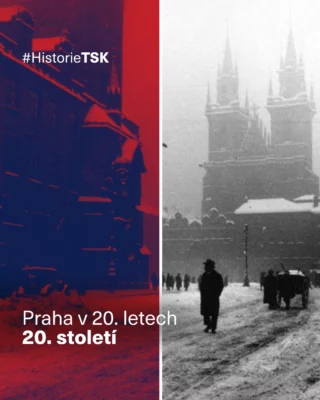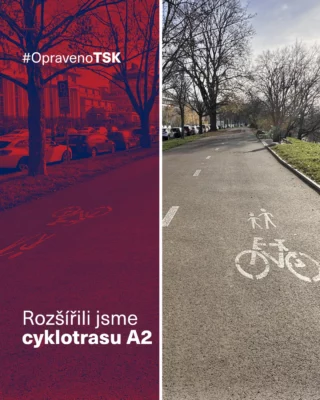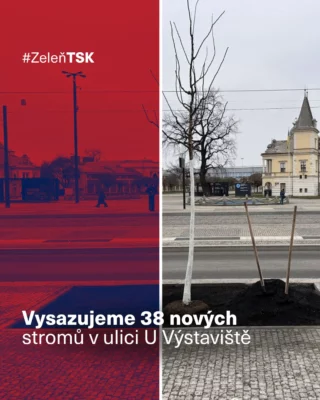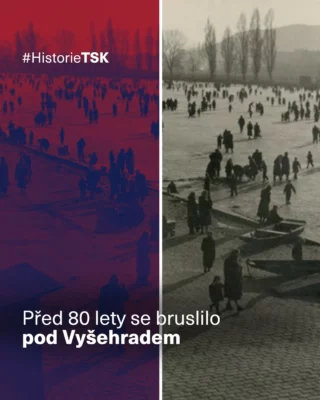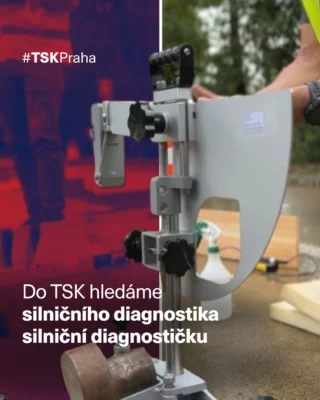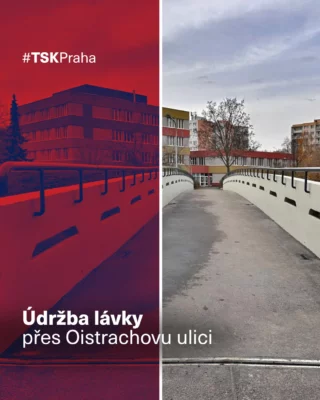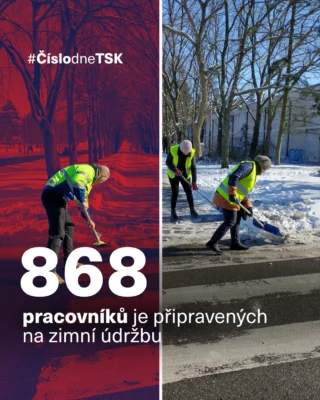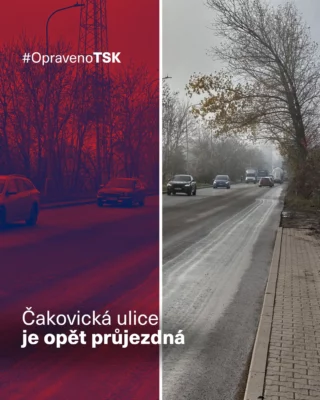Naše výroční zprávy
Ročenky dopravy – Praha
Ročenka dopravy – Praha za rok 2020 | Prague Transportation Yearbook 2020
Ročenka dopravy – Praha za rok 2019 | Prague Transportation Yearbook 2019
Ročenka dopravy – Praha za rok 2018 | Prague Transportation Yearbook 2018
Ročenka dopravy – Praha za rok 2017 | Prague Transportation Yearbook 2017
Ročenka dopravy – Praha za rok 2016 | Prague Transportation Yearbook 2016
Ročenka dopravy – Praha za rok 2015 | Prague Transportation Yearbook 2015
Ročenka dopravy – Praha za rok 2014 | Prague Transportation Yearbook 2014
Ročenka dopravy – Praha za rok 2013 | Prague Transportation Yearbook 2013
Ročenka dopravy – Praha za rok 2012 | Prague Transportation Yearbook 2012
Ročenka dopravy – Praha za rok 2011 | Prague Transportation Yearbook 2011
Ročenka dopravy – Praha za rok 2010 | Prague Transportation Yearbook 2010
Ročenka dopravy – Praha za rok 2009 | Prague Transportation Yearbook 2009
Ročenka dopravy – Praha za rok 2008 | Prague Transportation Yearbook 2008
Ročenka dopravy – Praha za rok 2007 | Prague Transportation Yearbook 2007
Ročenka dopravy – Praha za rok 2006 | Prague Transportation Yearbook 2006
Ročenka dopravy – Praha za rok 2005 | Prague Transportation Yearbook 2005
Ročenka dopravy – Praha za rok 2004 | Prague Transportation Yearbook 2004
Ročenka dopravy – Praha za rok 2003 | Prague Transportation Yearbook 2003
Ročenka dopravy – Praha za rok 2002 | Prague Transportation Yearbook 2002
Ročenka dopravy – Praha za rok 2001 | Prague Transportation Yearbook 2001
Ročenka dopravy – Praha za rok 2000 | Prague Transportation Yearbook 2000
Ročenka dopravy – Praha za rok 1999 | Prague Transportation Yearbook 1999
Ročenka dopravy – Praha za rok 1998 | Prague Transportation Yearbook 1998
Ročenka dopravy – Praha za rok 1997
Ročenka dopravy – Praha za rok 1996
Ročenka dopravy – Praha za rok 1995
Ročenka dopravy – Praha za rok 1994
Ročenka dopravy – Praha za rok 1993
Ročenka dopravy – Praha za rok 1992
Ročenka dopravy – Praha za rok 1990
Ročenky dopravy velkých měst
Ročenka dopravy velkých měst za rok 2025 (právě pro vás připravujeme)

